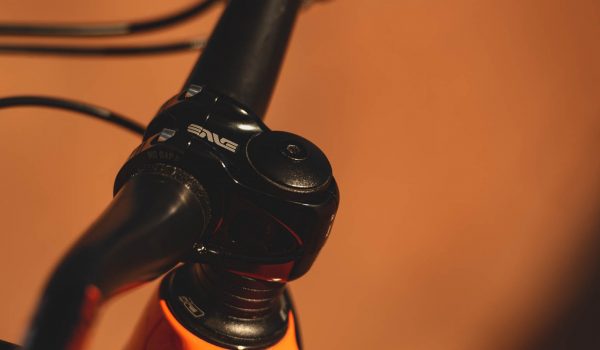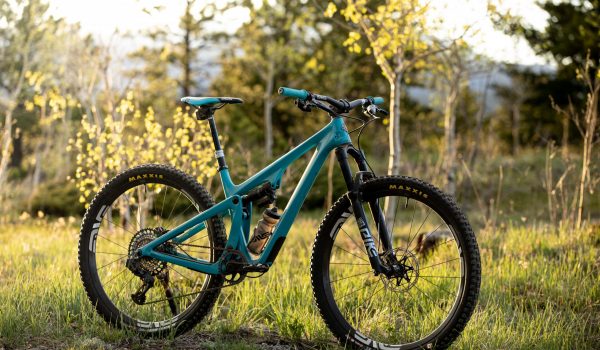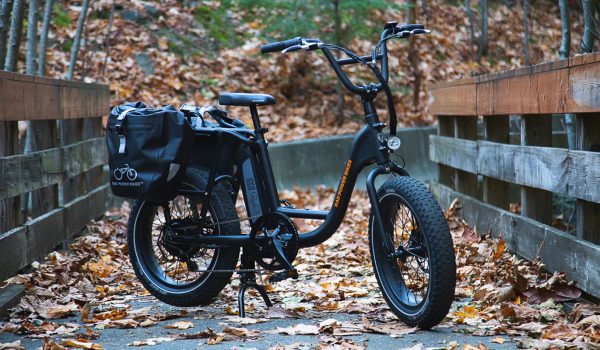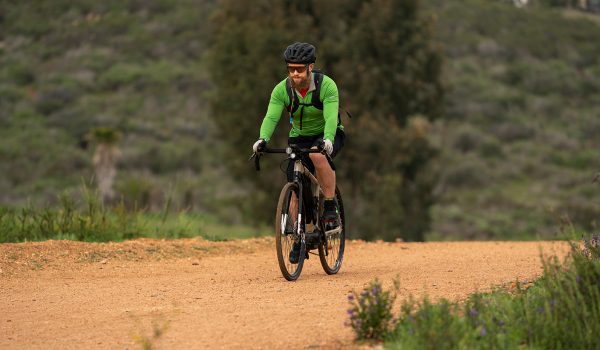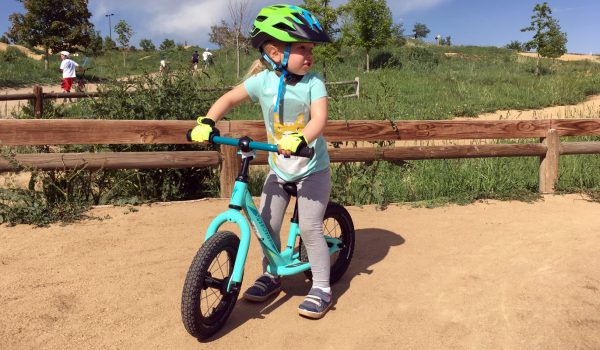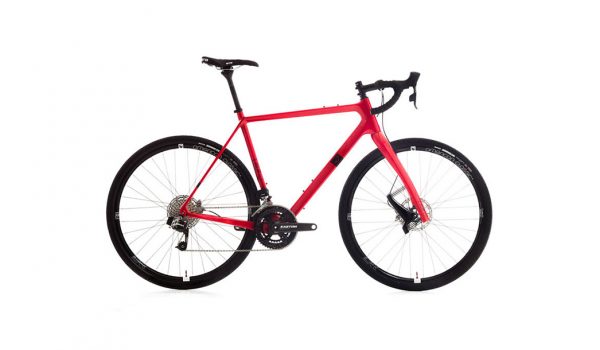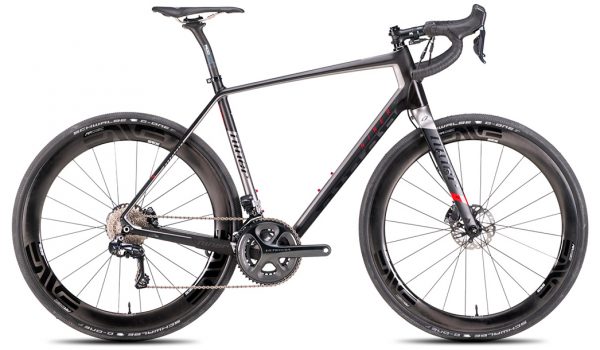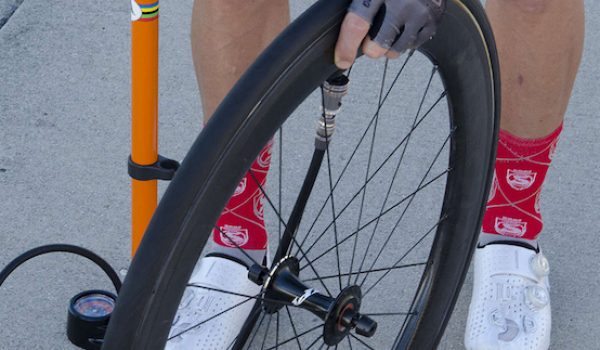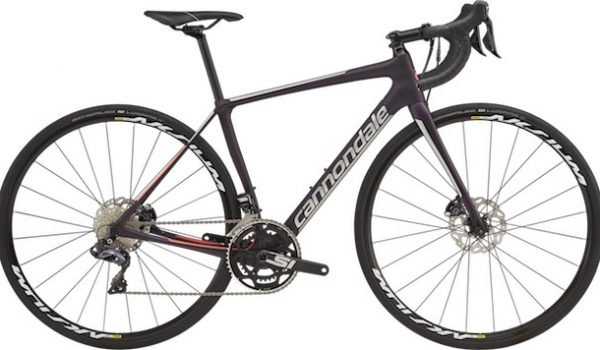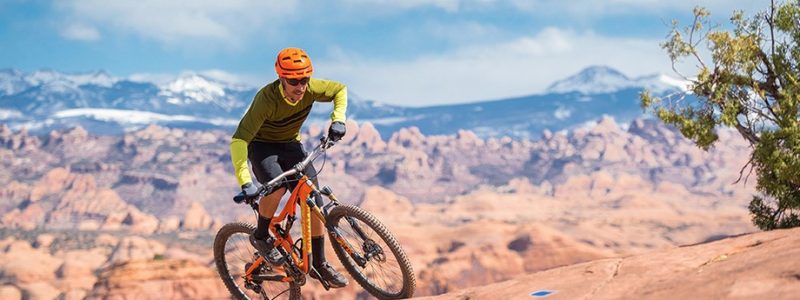
The Best Mountain Bikes
Our highly experienced reviewers perform extensive field tests and score products on objective criteria to determine the best cross-country, trail/all-mountain, enduro, plus-sized and fat bikes.
We divided our bike reviews into lightweight cross-country bikes, designed for ripping up the singletrack; trail/all-mountain bikes, the jack-of-all-trade rigs; beefy, downhill capable enduro bikes; the super-stable and fun plus-sized bikes; and fat bikes.
How to Select the Best Mountain Bike for You
The Best Mountain Bikes by: Robert Annis
There are a lot of different kinds of mountain bikes out there. Finding the right one requires knowing what kind of rider you are. To help you hone in, here are a few questions you should be asking.
Hardtail or Full Suspension?
Full-suspension bikes offer a more comfortable ride and actually make up for a lot of rider mistakes, allowing him or her to power over an obstacle, with the suspension soaking up all of the bumps. This gives riders a bit more confidence on the trail. A hardtail does have some advantages over a full-suspension bike. Generally, hardtails are less expensive, and because a hardtail has fewer moving parts, there are fewer things to go wrong.
27.5 or 29?
Ah, the great wheel-size debate. Sadly, it’s nearly impossible to find bikes with 26-inch wheels anymore. But the two remaining survivors – 27.5 (sometimes called 650B) and 29 – each have their own benefits. The 27.5-inch wheel rolls up to speed faster, is more maneuverable (thanks to the smaller wheels and shorter wheelbase), and typically has a more playful feel. Its larger 29-inch sibling is the monster, with better traction and the ability to roll over more obstacles. While the 27.5 is quicker to accelerate, the 29 can maintain that acceleration easier. If you love techy trails, the tighter the better, or are a smaller rider, a bike with 27.5-inch wheels should be near the top of your list. If you’re more concerned about speed or are a taller rider, start your search by looking at bikes with 29-inch wheels. (That said, we’ve seen short riders ripping it up on 29ers and taller riders killing it on 27.5s. It’s all about the bike and your riding style.)
Carbon or Aluminum?
Material benefits for mountain bikes are a bit different than road bikes. Carbon is great for soaking up the bumps on rough pavement, but on a mountain bike, there’s suspension for that. It’s definitely lighter, which is a massive benefit when climbing or racing on the flats, and generally more responsive than an alloy frame. Aluminum bikes are less expensive, flex more and can take more of a beating on the trail.
Single or Double Chainring?
Most mountain bikes come spec’d with a double chainring, but going 1x is all the rage. The main draw of a single chainring is simplicity, the lower weight and the lessened chance of the chain slipping off. The benefit of 2x? More gears, which can be a leg-saver on brutal climbs.
What’s Your Budget?
If you have less than a grand to spend, you can find some decently spec’d aluminum hardtails on the market. Expect to find a Shimano Altus or Acera nine-speed groupset or SRAM X5 10-speed. At the high end of this price range, you can find a bike with hydraulic disc brakes, as well as an entry-level adjustable front fork from Suntour, Fox or RockShox.
Around $2,000? You can find a great hardtail or reasonably equipped full-suspension bike with Shimano Deore, SRAM X7/X9 (2x) or GX (1x), possibly with a mixture of specialty components from a company like Race Face or Wolf Tooth. Take your pick of a single or double chainring. Your type of bike will determine the suspension from RockShox or Fox.
Three grand or more? A good carbon bike is now a realistic possibility at $3,000, with the quality going up with the price tag, of course. Quality carbon wheels will become an option, as will standard dropper posts. Shimano Deore XT will be at the lower end of this price range, with the pro-level XTR mechanical and the electronic XT and XTR Di2 available on the more expensive builds. SRAM X0/XX (2x) or XX1 (1x) will also be options for the price point, as well as the company’s Eagle 1x 12-speed drivetrain.
Where Do You Ride?
If you ride mostly flat, less technical singletrack, there aren’t many reasons to buy a 35+ pound, big-hit downhill bike. Likewise, if you ride a lot of techy, steep downhill trail, buying a XC bike as your primary rig is a bad move, even if you got a smoking deal. If you’re lucky enough to live in an area where you have a variety of options, it’s hard to go wrong with a trail or all-mountain bike with 130-150 mm of travel. (Just avoid the scary steep stuff.) Better yet, buy two different bikes, if you can afford it. It’s always good to have options!
Don’t buy a bike based on that one big trip a year with friends at some locale with vastly different trails than your home turf. Just rent or demo a bike when you get there.
Cross-Country
These lightweight racers are great for ripping up singletrack, thanks to a steep head tube angle that makes it responsive on technical terrain. The bike will have between100-120 mm of travel in the front and rear (if a full suspension), which means it won’t be the best for tackling big jumps or brutal rock gardens.
If you’re into bike touring over mixed terrain or singletrack, a XC might be the way to go, especially if you don’t want to invest in a bikepacking-specific rig.
Trail/All-Mountain
The bigger brothers of the XC rig, the trail and all-mountain bikes can handle most trail obstacles thanks to their beefier construction and suspension (between 120-140 mm for a trail bike and 140-160 mm for all-mountain). The head tube angle is going to be slacker, making descents easier. If you ride a wide range of trail types, these versatile bikes are for you.
Enduro
Enduro bikes are the preferred rig of gravity riders who don’t have the luxury of shuttle service – they must have the capability of a downhill bike, but be light and efficient enough to ride to the top of the hill. Thanks to the bikes’ 160-180 mm of travel, they’re perfect for tackling all but the gnarliest of downhills.
Plus
Plus-sized (sometimes called mid-fat) trail bikes have been gaining in popularity over the last several years, and for good reason. Your standard mountain-bike tire size is going to be about 1.9- to 2.5-inches wide. Plus tires are between 2.6- to 3.2-inches wide. What’s the difference between the two? The wider tire means a larger contact patch to the ground, giving the rider more stability and traction. While there are pluses, there are also negatives. The wider wheels and tires mean added weight. There’s also a significant rolling-resistance penalty.
Fat
Fat bikes had just started to make serious inroads into the world of dirt when plus-bikes appeared on the scene and stole their thunder. While they’re fun on the singletrack, you’ll find these rolling behemoths mostly on the snow and occasionally sand.
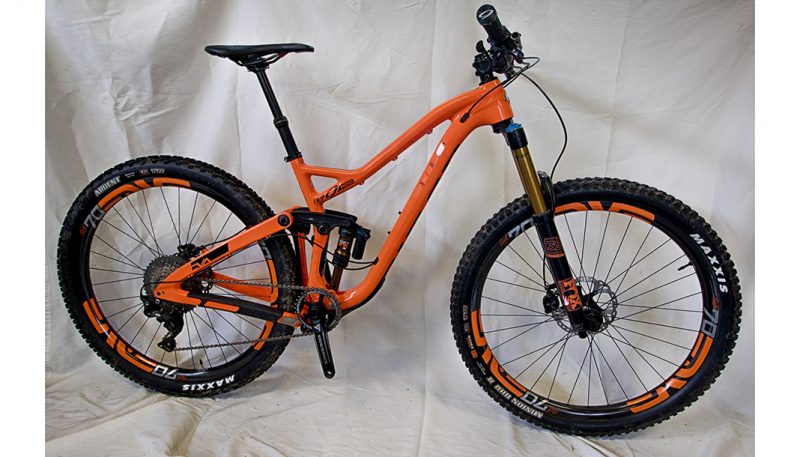
Here’s what we learned testing the Niner RIP 9 RDO 4-Star XT 29 ENVE, the top-ranked bike in the enduro category. You won’t ride down as well if you’re exhausted at the top from a heavy, slow-climbing bike. In other words, a bike doesn’t have to be the best at descending to win this category. With carbon rims and the lowest overall weight in the test, the RIP was the best climber in our fleet of test machines. On the flats and rolling terrain it was nimble, quick, and playful. That translated into less stability on descents (testers ranked it last in descending), but when it came to overall ride quality it beat out everything else. Just know you’re going to pay a lot for it. But we feel it impacted riding quality so much that it is worth considering if you like the up as much as the down and have the cash.
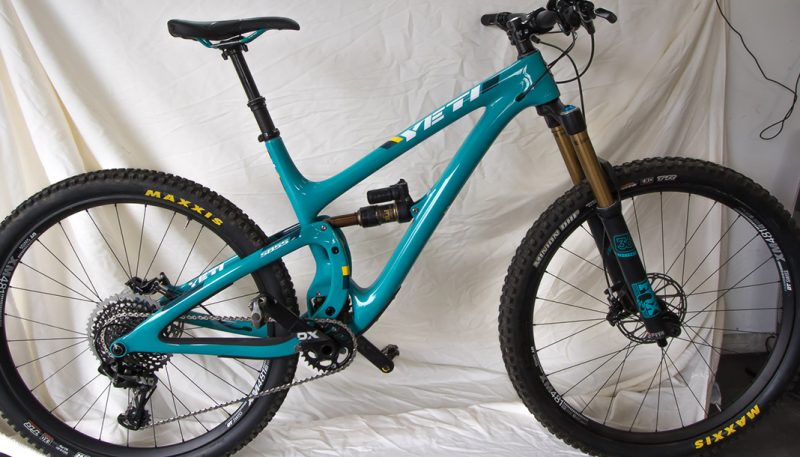
A mythical beast at home in the steepest of terrain, the Yeti SB 5.5 lives up to its namesake. Without the almost-unfair advantage of the Niner’s carbon wheels, this would be the winner of the test. This bike performed better all around, hitting enough sweet spots to make it the bike of choice of most testers. It may not handle technical climbs as well as the smaller-wheeled brethren in the test but it was an able climber nonetheless. And while it may not have been as stable as the slacker bikes we rode, it still descended like a bomb.
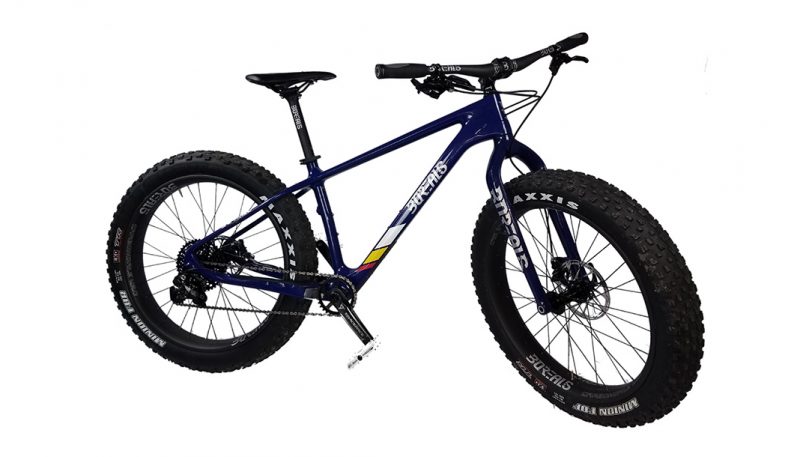
The Borealis Crestone Pro is a fat bike you may want to ride year round. With various tire size options, and a light and well built carbon frame and fork, this is not a bike you will leave in the back of the garage during summer. The Borealis is nearly as light as a XC race bike, weighing in at just over 26lbs. SRAM XO 11 speed was spec’d on the bike we rode (the Elite comes with SRAM XX), which was more than required for quick and responsive shifting. The 4.8 inch Maxxis Minions chew through snow, ice or dirt equally. The Crestone Pro is your bike if you are looking to experience a higher end fat bike with less weight and more fun.
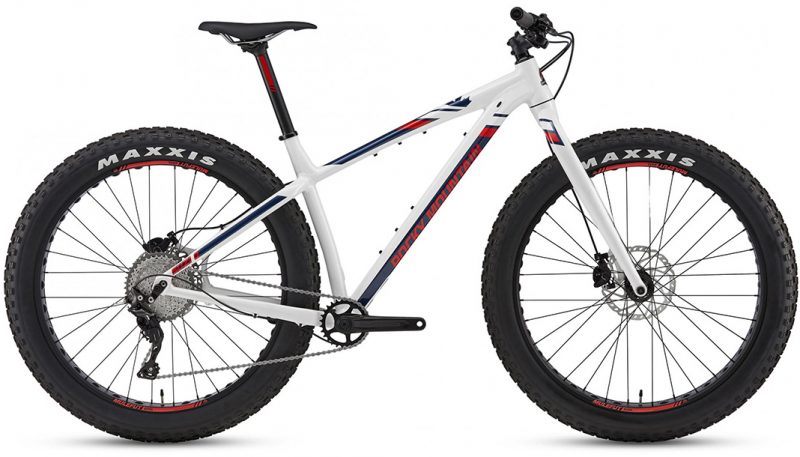
The Rocky Mountain Suzy-Q 50 is an excellent choice if you’re not yet ready to fully commit to a Fat Bike and/or if this will be your only mountain bike—it’s highly versatile and relatively inexpensive, and certainly one of the best values in this group. The narrower rims and tires will still provide many of the benefits of full-on fatties, but with better speed and without the weight and handling compromise, especially if you don’t always ride on snow or sand. It’s respectably light, especially for a 27.5” alloy rig, and it’s quite quick on harder packed snow or dirt. However there’s no suspension, so the ride is a bit bumpy, and descending can be tricky in more technical and/or turny terrain.

The Flux is light and nimble, without the raked out front end so common on trail bikes, yet it has 120mm (4.7 inches front and rear) of travel on 27.5 inch carbon wheels. The suspension is responsive and provides capable anti squat technology minimizing unnecessary movement. While it’s very difficult to find flaws in this bike, it is quite expensive and the rear shock is tricky to lock out on the fly. *Editor's Note: The model we tested had 1x11 but the 2017 models will have choice of SRAM Eagle 1x12 setups. Also, the Flux we tested was built up in a way that's not available as a package on Turner’s website – the closest option would be the 2017 SRAM X01 Eagle.
Best for Tackling a Variety of Terrain
Rocky Mountain Thunderbolt 770 MSL
Biking, Mountain Bikes & Trail Mountain Bikes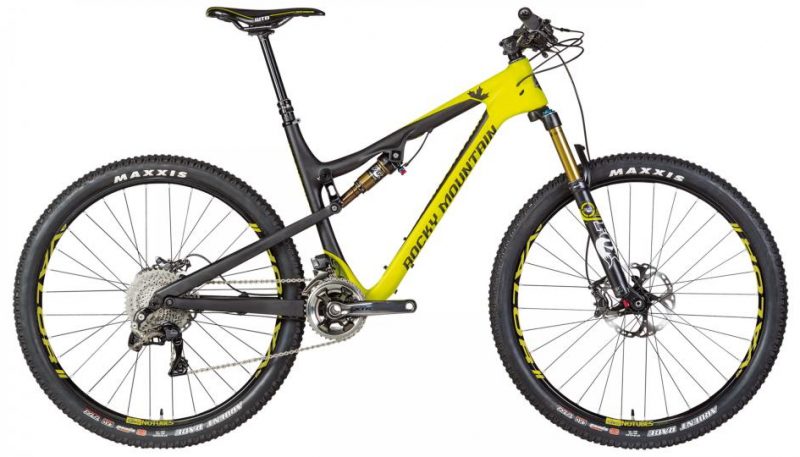
The Rocky Mountain Thunderbolt 770 MSL is one of those rare true do-it-all bikes that can go straight from the race course to the terrain park with ease and grace. It’s marketed as an XC bike but it’s just as strong for Trail riding if not more so. This is thanks to the 27.5” rig’s adjustable “Ride-9” geometry combined with a light and super stiff frame with ample travel and a slack head tube angle. Add to that a full Shimano XT group with a bonus RaceFace cranks, and Stan’s wheels and you’ve got an outstanding bike for all but the gnarliest terrain – all at a very reasonable price. The only real complaints we have are the lack of IceTech braking technology, and a bit less nimbleness in tight turns when set at slacker geometry.
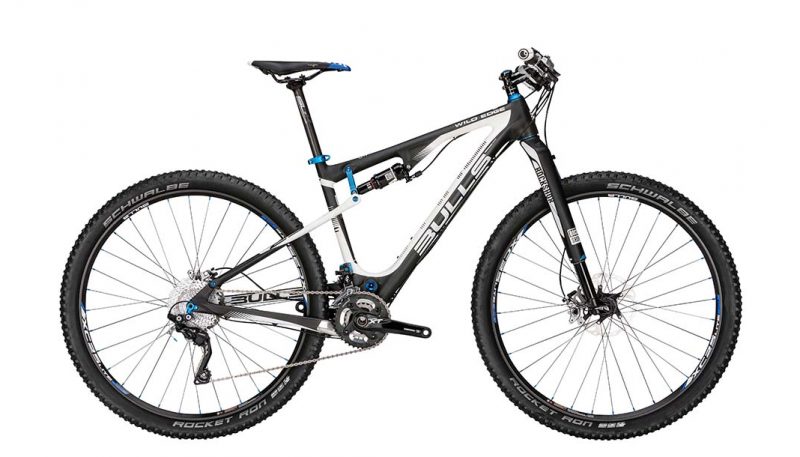
The ride quality on the Bulls Wild Edge, with its carbon monocoque frame is superior considering its price. With RockShox on both ends, the suspension is responsive and quality, even if the small bumps and initial hits were a little harsh. Shimano XT is a perfect choice keeping value and performance, with strong and responsive brakes even in the most demanding applications. The wheels are built on SRAM X.0 hubs with Bulls XC-25D Lite rims, and well matched to the quality of the rest of the bike, with a performance oriented wheel set that stayed true through our testing.
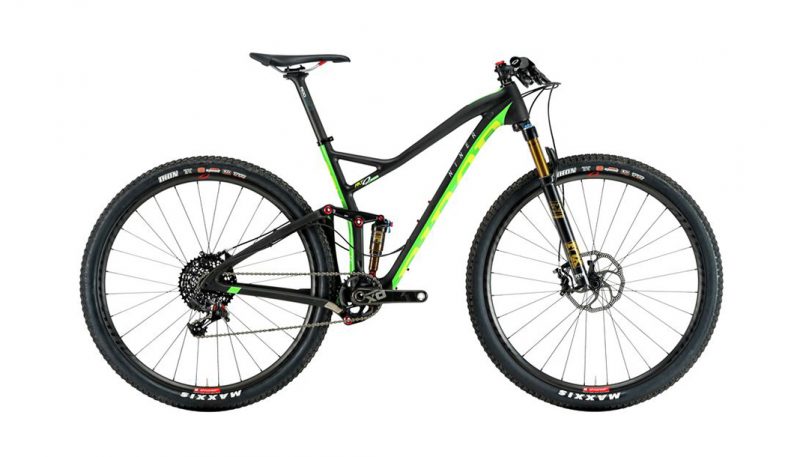
At this level in the XC/Marathon category, riders are often looking for a single bike that can race occasionally but also handle a wider variety of trails. If you’re looking primarily for the former, the Niner RKT 9 RDO is certainly the bike for you in this group. The frame makes for an extremely fast, highly responsive ride, with minimal wasted energy whether sitting or standing, and it’s fairly light for the price. The stiffness and perfectly balanced geometry are ideal for racing over smooth, tight courses, and it’s certainly comfortable enough to handle a longer marathon course. However, the shorter rear travel and frame’s speed-first design means some sacrifice on rougher trails. It’ll fly through corners, but huck that two-foot drop and you’ll feel it on the landing. This is not the best option for riders looking for cross-category versatility.







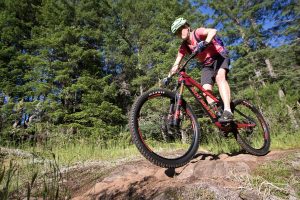

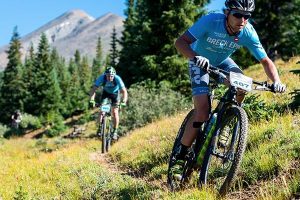

 90
90 
